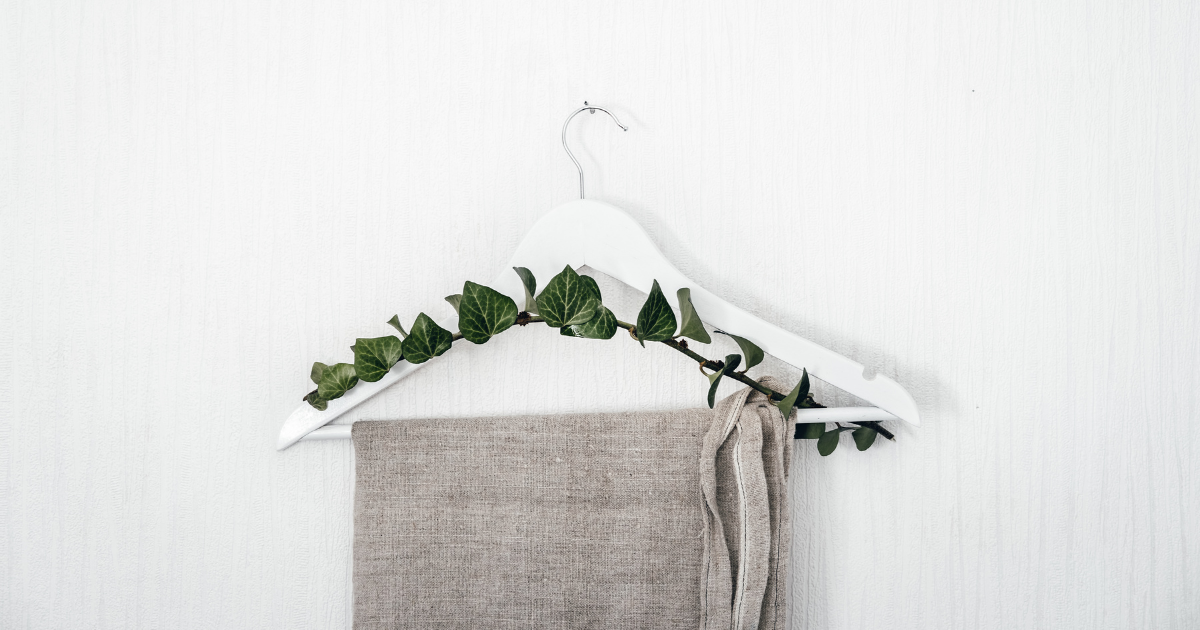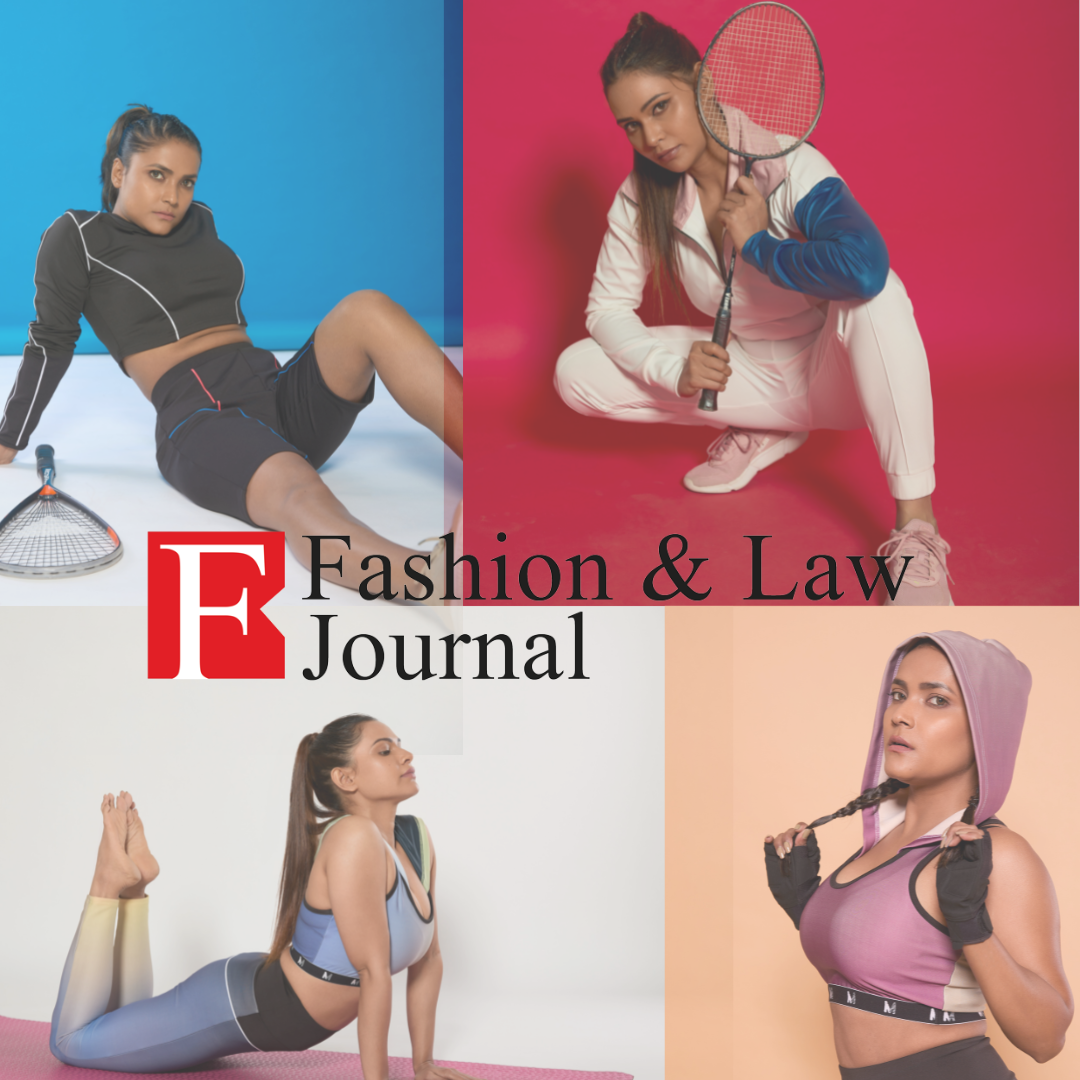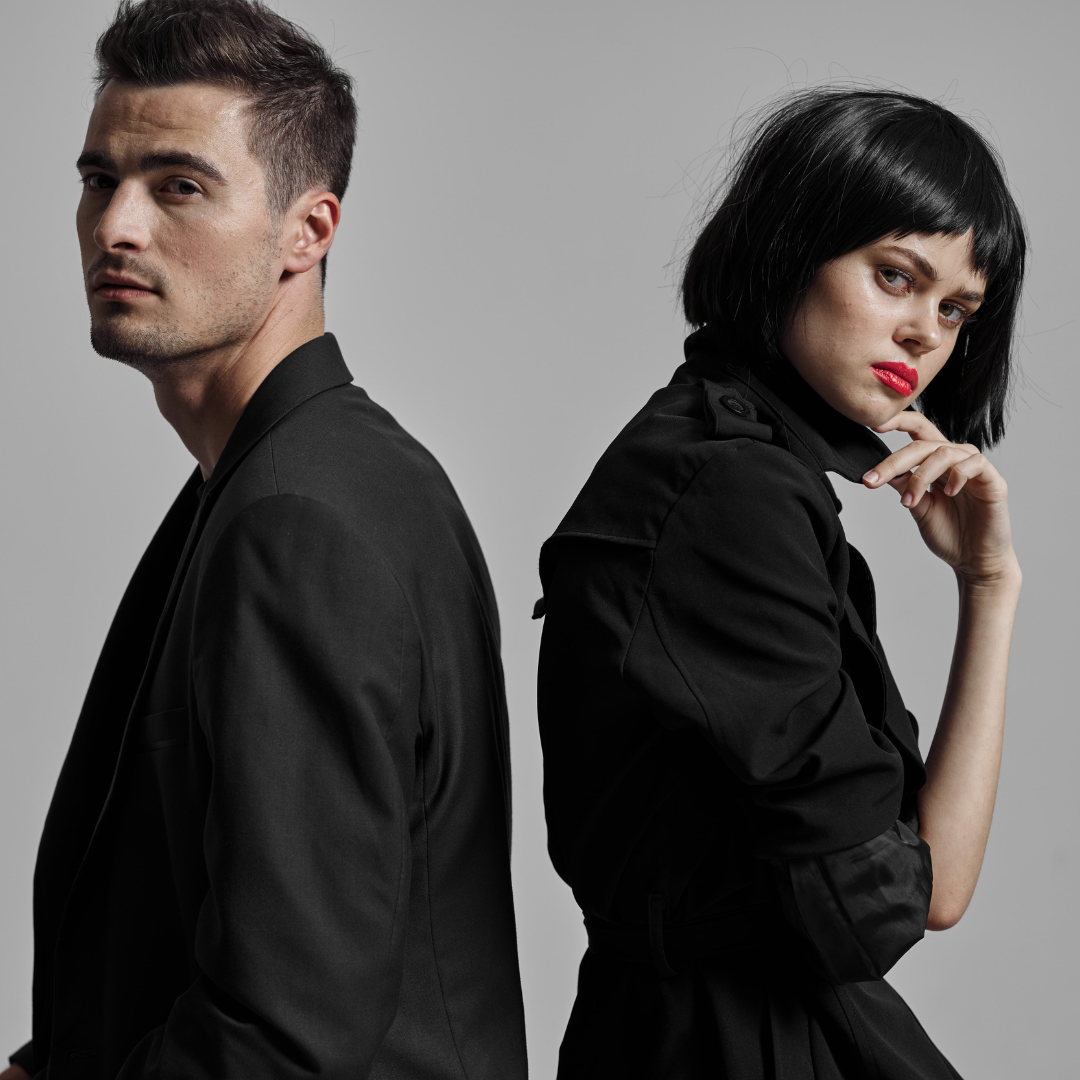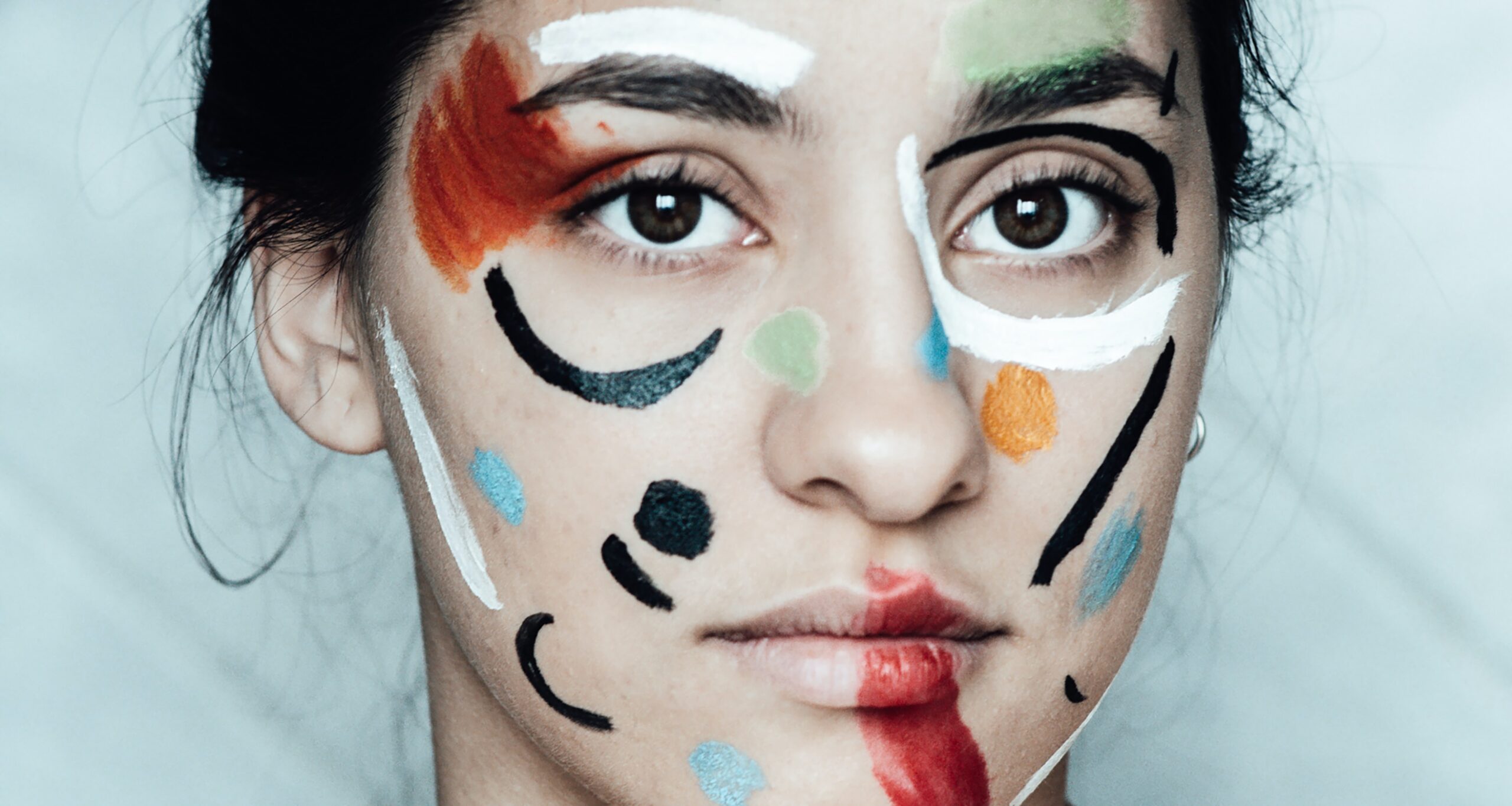The fashion trends followed across the world are immensely influenced by African fashion as it is the second largest continent in the world with over 54 countries. With cultures, experience and history so diverse, the trends which this continent influences vary from coast to coast.
The imagination of a designer is very trigger happy and almost anything could inspire a designer to create a piece. From the seasons, to their emotions, the society, or something as random as a coffee or toy could cause the birth of a masterpiece. Laudia Yambala, a Congolese woman and the CEO and creative artist of Yambala Designs, highlighted in her interview with Glamour magazine that she is inspired to create pieces because of the importance of good mental health and spirituality. “It is very important to spread healing and cleansing because people want freedom; mental, emotional or financial. This takes the right mindset because your habits determine your life. Many of us are healing and cleansing right now. We are releasing old bad habits, which no longer serve us, developing and maintaining good ones for the purpose of self-manifestation.”
Just like the many triggers to creativity the pandemic has played a very integral part in the fashion trends in Africa in 2021. Since the outbreak of the Covid 19, the world has witnessed various fashion innovations and evolutions as well as setbacks and steppings stones. Designers all over, from upcoming designers and tailors to high end fashion brands different risks and innovation have been taken and made in order to keep the industry moving, hence, the increasing fashion trends.
After spending 2020 enclosed in our homes, vaccines are out and more people are getting vaccinated daily. The borders of most countries have opened up meaning the possibilities of events and parties will soon become a norm once again. Most people, having worked and lounged in pyjamas for almost a year, have now discovered or developed a new sense of style, a more relaxed and aerated mode of dressing. Brand’s like Tongoro and Sikaa have designed pants and jumpsuits to suit this new trend by making masterpieces with textiles such as silk and flax. Their choice of colours as well have become quite minimalistic. Colours like beige, coffee, off-white, sky blue, lilac, etc. are used in producing the pieces.
Don Design, a visionary South African hip-hop creative, delivered a very incredible fashion capsule. His need to express himself during the pandemic, pushed him to express himself through DIY tie dye. His new capsule is a merge of the traditional tie-dye swirl and right amount of street wear but with less vibrant colors and more minimalist and modern colours. These outfits are made of premium cotton and give an oversized fit.
As much as some designers have adopted minimalistic colours and fabrics, others have made 2021 about making a bold statement, hence the incorporation of big sleeves. From bell sleeves to puffy sleeves, cape sleeves and even trumpet-shaped sleeves, the pieces of many designers make the clients look and feel like “yes, this is what I look like after a pandemic!” and the consumers are here for it!
Side slits also made a comeback this year. This trend goes with both dresses and skirts. Still on the page of making bold statements, the side slits add some flare to the outfits by often elongating the appearance of the wearers and showing off the right amount of skin. (paragraph)
Off shoulders haven’t been left out this year either. It allows whoever is wearing the piece to show off some skin without being too revealing. It works for blouses just as much as it does for dresses and helps to make that bold statement.
Kimonos, which originated from Japan, have been adopted by some African countries due to humid weather. The floral and abstract prints on the kimonos make them even more attractive. Their ability to serve as casual outfits and go perfectly for formal wear makes this trend even more popular.
The street wear trend (or the oversized trend), which originated from the 80s hip-hop era is one of the most common trends, especially amongst young Africans. Designers have now gone out of their way to make indigenous clothing to suit the rapidly growing trend.
Asides from the evolution of style and the clothes, capsules and collections which are released, the way these clothes are styled and how they reach potential buyers has completely changed. In 2019 and previous years, fashion shows like the Lagos fashion week, print magazines, billboards, etc. were well utilised, now the use of social media in the promotion of fashion brands has increased.
The app, TikTok, started as a medium for comic relief and dancing but during the pandemic it became a vertical for fashion. Many aspiring stylists and fashion forward content creators have created multiple videos in their leisure and have unknowingly placed a stepping stone for the fashion industry in Africa. Now these content creators are being invited for fashion shows and fashion weeks, being featured in major fashion magazines and also campaigning with fashion brands. With @wisdm being featured in vogue and @futuristix being invited for the Milan Fashion Week, the trend in campaigns have changed immensely and Africa is not in any way left out.
Another new trend in the exposure of African Fashion to the global space is their clientele. Artistes such as Beyonce, Burnaboy, Davido and Tiwa Savage, movie costume managers like Ruth E. Carter, online personalities like Elsa Majimbo have brought African designs and textiles to the light in international spaces by wearing their pieces in their projects, concerts, shots, etc. Elsa Mjimbo covering magazines like Teen Vogue, Xpeditions, Native, and GQ while wearing indigenous pieces from brands like IMPRINT ZA, and Beyonce wearing brands like Tongoro has given Africa a staple foundation in the international space.
Michelle Mokene of Mo’s Crib, in their interview with Glamour magazine, said “Growing up in Africa, we have always felt a strong connection to the natural world and are painfully aware of the risks facing our environment today – both locally and globally. When we were looking for unique recycled materials to use in our manufacturing process, we learned that PVC is the third most produced plastic in the world, but under 1% of it is recycled. With every basket we sell, we’re making an impact on the growing issue of irreversible plastic pollution in Africa. Cleaning up our landfills isn’t glamorous work, but we’re turning the trash to treasure with every design and raising awareness about the importance of eco-friendly manufacturing. The planet is sending us warning signals and it’s up to us to respond. It doesn’t matter what industry you’re in – we all need to use our talents to be a part of the solution so that we can create a sustainable path towards the future of our world.” Mo’s Crib is a brand which provides luxury hand woven baskets and storages. The mission behind Mo’s Crib is somewhat related to sustainable fashion. Sustainable fashion has been a thing for a while but has been increasingly rampant in Africa carefully sourcing out materials used in producing their pieces or just creating these fabrics themselves. This is done in order to prevent being involved in activities that will encourage child labour or damage the ecosystem. Designers and fashion houses communicate their sustainability through blog posts, interviews, social media, etc.
2021 has been a year of great change in every aspect of things, most especially in Africa’s Fashion Industry. As we are gradually emerging from the pandemic, we can hope to see new, innovative, inclusive and sustainable apparel being produced across the African borders. This year has shown that inspiration can come from even the bleakest of situations. 2021 isn’t quite over yet and we can’t wait to see what new trends will come this fall and winter.
References
- https://www.glamour.co.za/wellness/fitness-exercise/congolese-designer-laudia-yambala-reveals-how-her-jewelry-brand-provides-spiritual-anchors-to-mental-health-2e1d7d50-b3cf-4187-8478-365b1fca30cb
- https://www.gq.co.za/girls/models-celebrities/gq-chats-with-fashion-designer-sarah-diouf-a0752815-7556-4b1a-bd50-f994f624e83d
- https://www.sikaa.com/blogs/blog/essential-party-styles
- https://www.africa.com/urban-culture-meets-nostalgia/
- https://www.africa.com/the-secret-is-out-african-fashion-is-the-trend-of-the-year/
- https://www.essence.com/fashion/black-fashion-male-creatives-tik-tok-instagram/
- https://www.glamour.co.za/lifestyle/glamour-guides/glamour-womens-month-series-getting-to-know-creative-entrepreneurs-mo-and-michelle-mokone-5269934a-4fed-46b9-be76-7a94d16f83a5
By Victoria Anorue (Intern)

















